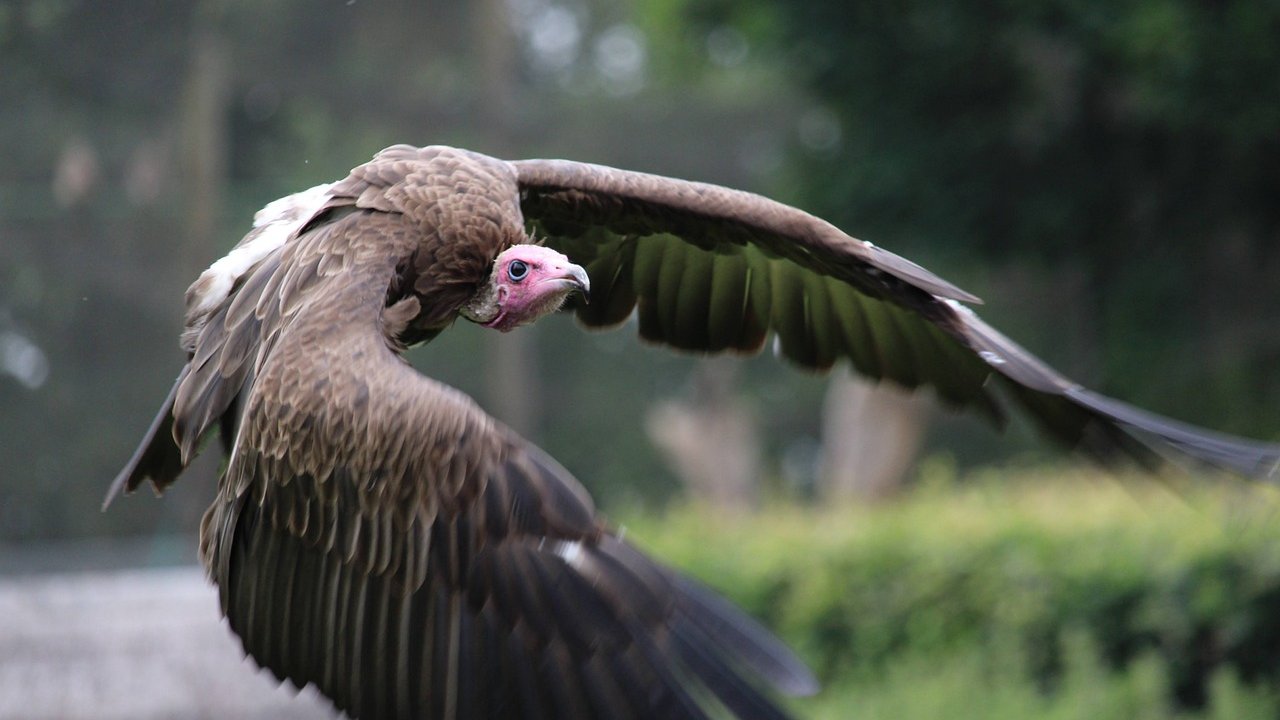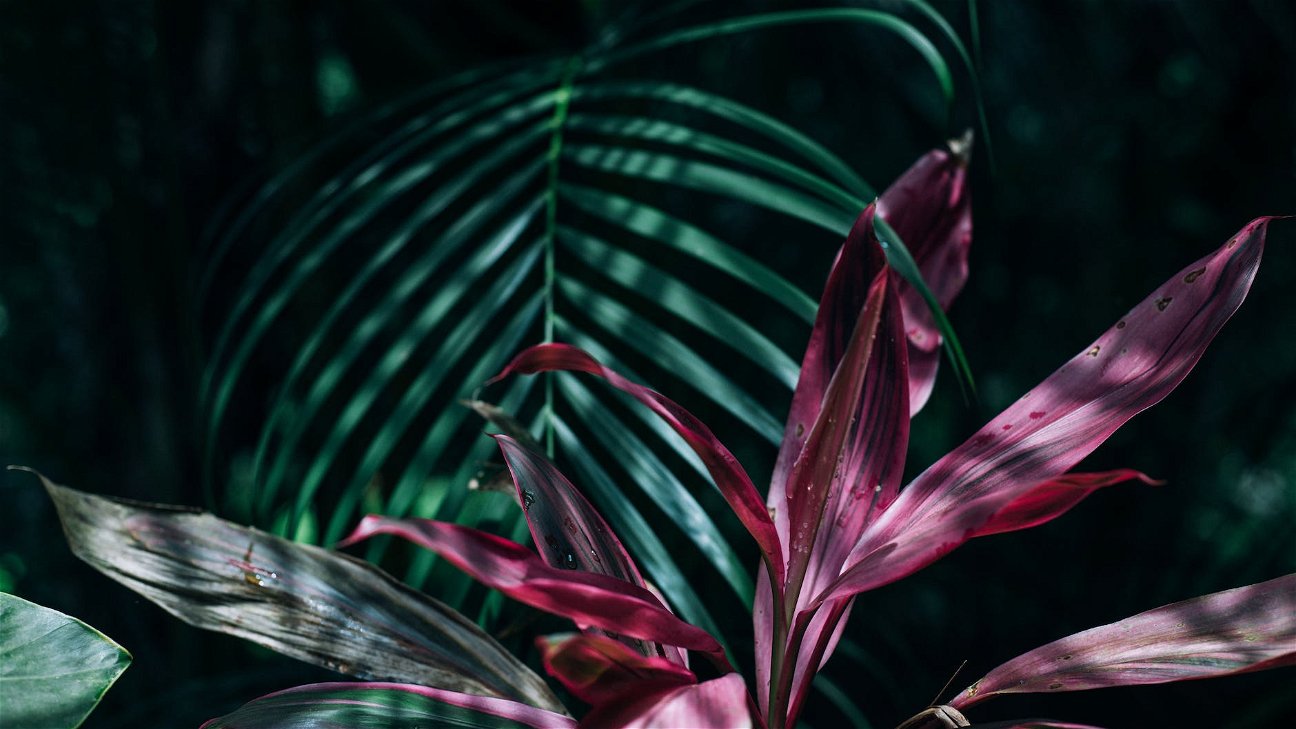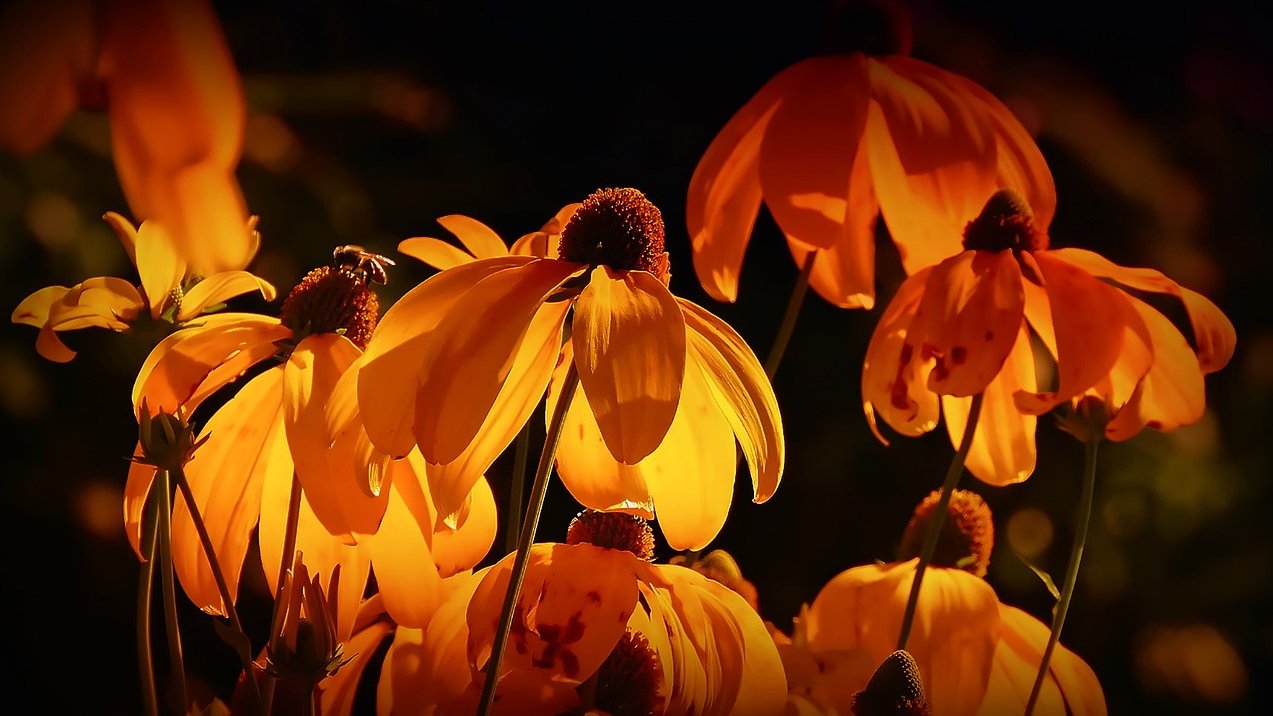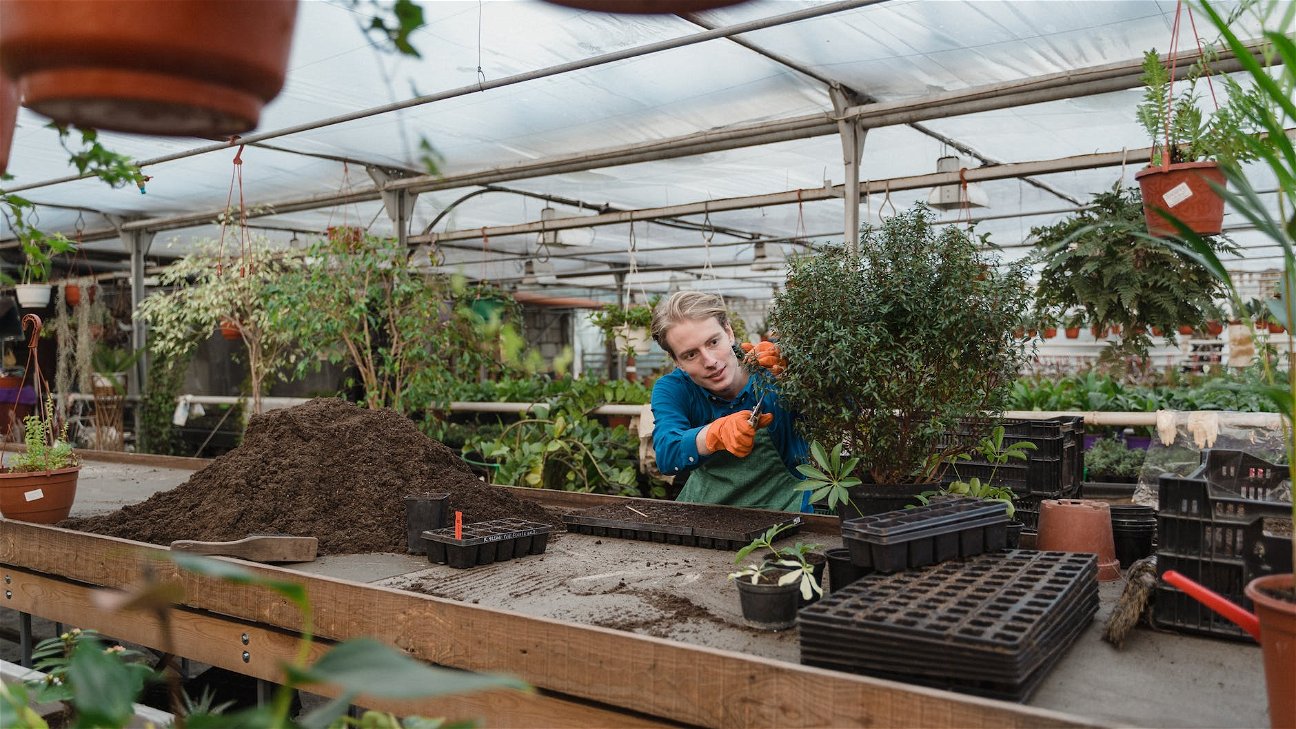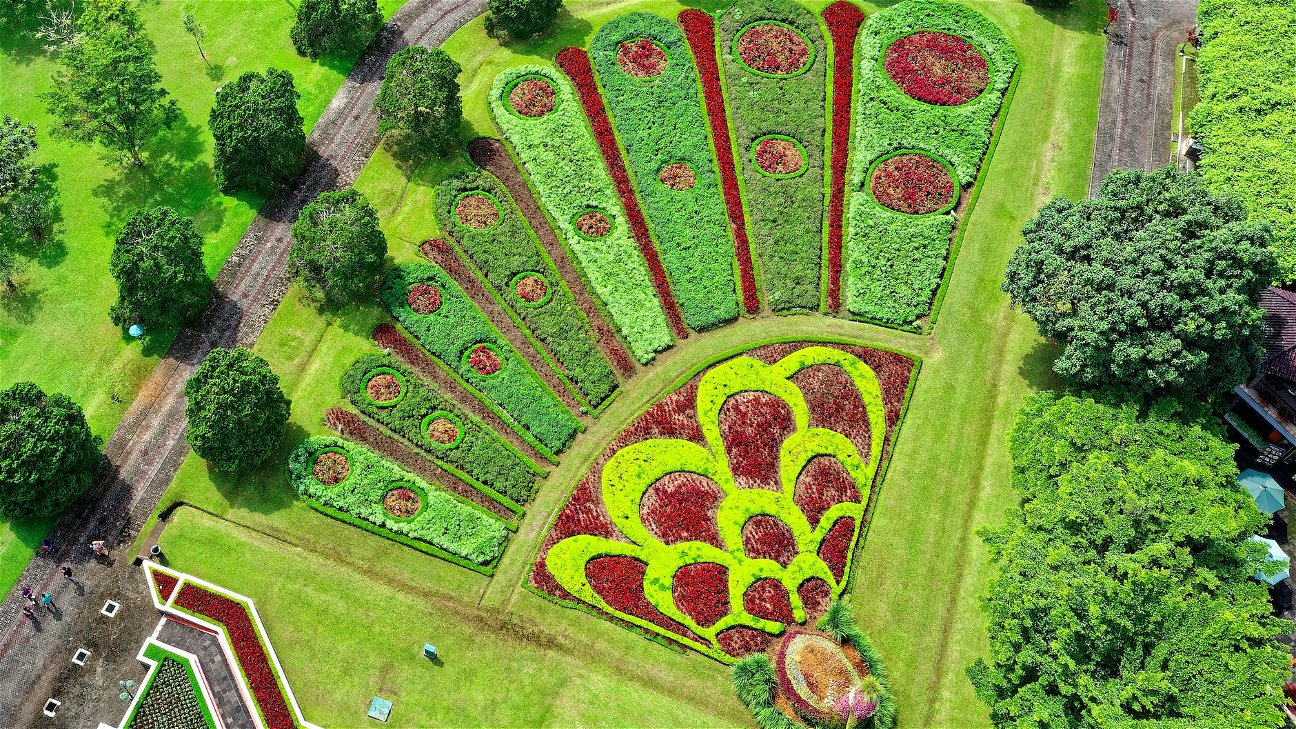
There's something uniquely appealing about hanging plants. Whether it's their ability to add texture and color high up in a room or their knack for turning an outdoor space into a lush oasis, they're increasingly becoming a favorite in the gardening world. This piece covers the beauty of hanging plants, both indoors and outdoors, referred to as aerial gardening.
What is Aerial Gardening?
At its simplest, aerial gardening is the act of growing plants in the air, rather than in pots on the ground. Often, this involves placing plants in hanging baskets or planters, suspended from ceilings, walls, or other structures.
Benefits of Aerial Gardening
People are drawn to hanging plants for various reasons. With aerial gardening, you can:
- Save on space: This form of gardening is ideal for those with limited room, as plants are suspended in the air rather than taking up ground space.
- Enhance aesthetics: Hanging plants add a different dimension to a room or outdoor area, creating a sense of height and depth.
- Improve air quality: Like other houseplants, hanging plants can help purify the air.
Best Hanging Plants for Indoors and Outdoors
There is a wide variety of plants that thrive when hung. Some of the most popular indoor hanging plants include:
- Spider plants: Known for their strikingly long, arching leaves.
- English ivy: Popular for its lush, trailing vines.
- Pothos: Easy to care for and can tolerate various lighting conditions.
As for outdoor hanging plants, your options include:
- Petunias: These vibrant flowers add a pop of color to any outdoor area.
- Ferns: These plants can create a lush, green oasis and thrive in shaded areas.
- Fuchsias: These flowers are known for their beautiful, drooping flowers.
Caring for Hanging Plants
Caring for hanging plants involves regular watering, the right amount of sunlight, and occasional pruning.
- Watering: Since they're suspended, hanging plants often dry out faster than those in pots on the ground. Regular watering is therefore essential.
- Sunlight: Each plant has its own sunlight requirements. Some need direct sunlight, while others do well in shade or indirect light.
- Pruning: This helps maintain the shape and health of the plant.
With these tips and techniques, aerial gardening can be an exciting addition to your green spaces. Whether you're a seasoned gardener or a beginner, consider adding some hanging plants to your collection. They're not just beautiful— they also have the power to transform any space into a tranquil haven.







